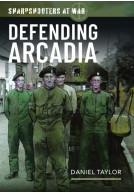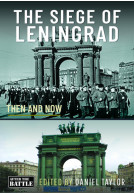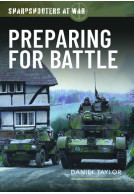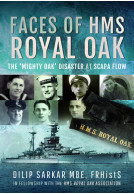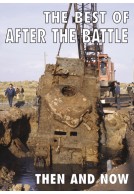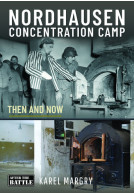Battles for the Channel Ports (Hardback)
Le Havre and Boulogne
Imprint: After the Battle
Series: Then and Now
Pages: 136
Illustrations: 156 mono illustrations
ISBN: 9781399031110
Published: 30th April 2024
(click here for international delivery rates)
Order within the next 3 hours, 19 minutes to get your order processed the next working day!
Need a currency converter? Check XE.com for live rates
When the Allied armies broke out from the Normandy bridgehead in late July 1944, it became of paramount importance that they quickly capture new harbours to sustain the rapid northward advance. All the Allies’ supplies and reinforcements were still coming in through just two places – the Mulberry artificial harbour at Arromanches and the port of Cherbourg captured by the Americans – and with supply lines lengthening by the day, it was essential to speedily open up ports nearer the armies. For Field-Marshal Montgomery’s 21st Army Group this meant first of all the channel ports of Le Havre and Boulogne. Both cities had been declared a ‘Festung’ (Fortress) by Hitler and were to be defended to the last man.
The attack on Le Havre (Operation ‘Astonia’) was launched on September 10 and was a classic example of a successful set-piece battle. After the German defences had been ‘softened up’ by colossal aerial and naval bombardment and artillery shelling, a ‘siege-train’ of specialised armour broke through the outer crust of the German defensive perimeter and allowed two British infantry divisions – the 49th (West Riding) Division and the 51st (Highland) Division – to push through the gap and methodically reduce the enemy strongholds before driving into the heart of the city. The attack on Boulogne (Operation ‘Wellhit’) began a week later and was the task of the 3rd Canadian Infantry Division. Another set-piece assault, it was again preceded by a devastating bombardment by RAF heavy bombers, which reduced large parts of the city to ruins, and a massive artillery barrage. Supported by specialised armour, two Canadian brigades then moved forward but the Germans resisted stubbornly and it took six days of heavy fighting before the Canadians had subdued all strongpoints and finally forced the garrison to surrender.
Although both ports were now in Allied hands, it brought no immediate alleviation to the Allies’ logistical problems. Harbour installations had been extensively damaged by German demolitions and Allied bombardments and it would take many weeks of rehabilitation before the ports could be brought into use. Le Havre (which had meanwhile been assigned to the Americans) did not see the few first ships arriving until October 2 and Boulogne not until on October 12.
As is our hallmark, all phases of the battles for the two Channel ports are illustrated with Then and Now comparison photographs.
The book contains the following two stories from ATB magazine:
Issue 139: The Capture of Le Havre
Author: Karel Margry. 17,441 words, 76 black & white photos.
Issue 86: Operation ‘Wellhit’ – The Capture of Boulogne
Author: Ian Galbraith. 9,099 words,. 80 black & white photos
As well as plenty of inspiration for modellers, it can also give inspiration to those wishing to visit either of these French ports and to be able to visit some of these key sites for themselves.
Military Model Scene
Read the Full Review Here








